SUMMARY
This is AI generated summarization, which may have errors. For context, always refer to the full article.
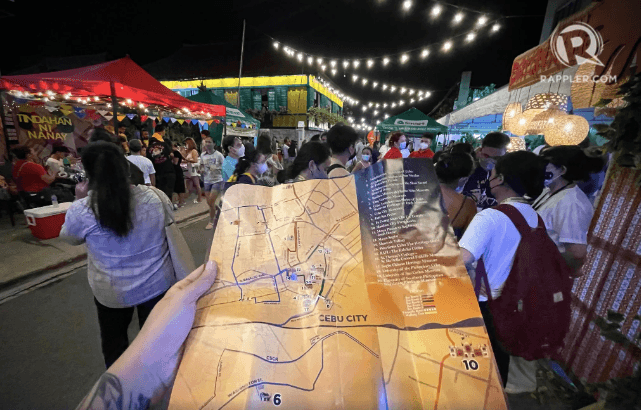
CEBU, Philippines – After the early pandemic lockdowns made it nearly impossible to visit museums and heritage sites, Cebuanos are finally back to celebrating “Gabii Sa Kabilin.”
“Gabii Sa Kabilin” roughly translates to “a night of heritage.” For the residents, it’s an annual event that helps both young and old generations revisit Cebu’s history.
“Initiated by the Ramon Aboitiz Foundation Inc. (RAFI) in 2007, Gabii sa Kabilin aims to help preserve Cebu’s rich culture and heritage and encourage the public to visit museums,” reads the official Facebook page of the event.
Over 4,000 Cebuanos spent the night with friends and family, taking long walks to at least 20 museums and heritage sites in different parts of the metropolis.
This year’s theme is “Padayon,” which is the Cebuano word for “pushing onward,” and is a reference to the Cebuano resiliency that is able to overcome any crises and challenges.
An example of a place imbibing the “Padayon” theme is the Kabilin Center, a participating museum that commemorates the ups and downs the Cebuanos underwent during the pandemic.
The museum features works by visual artists like Bastinuod, who honored the many frontliners who risked their lives when Cebu almost became a COVID-19 hotspot.

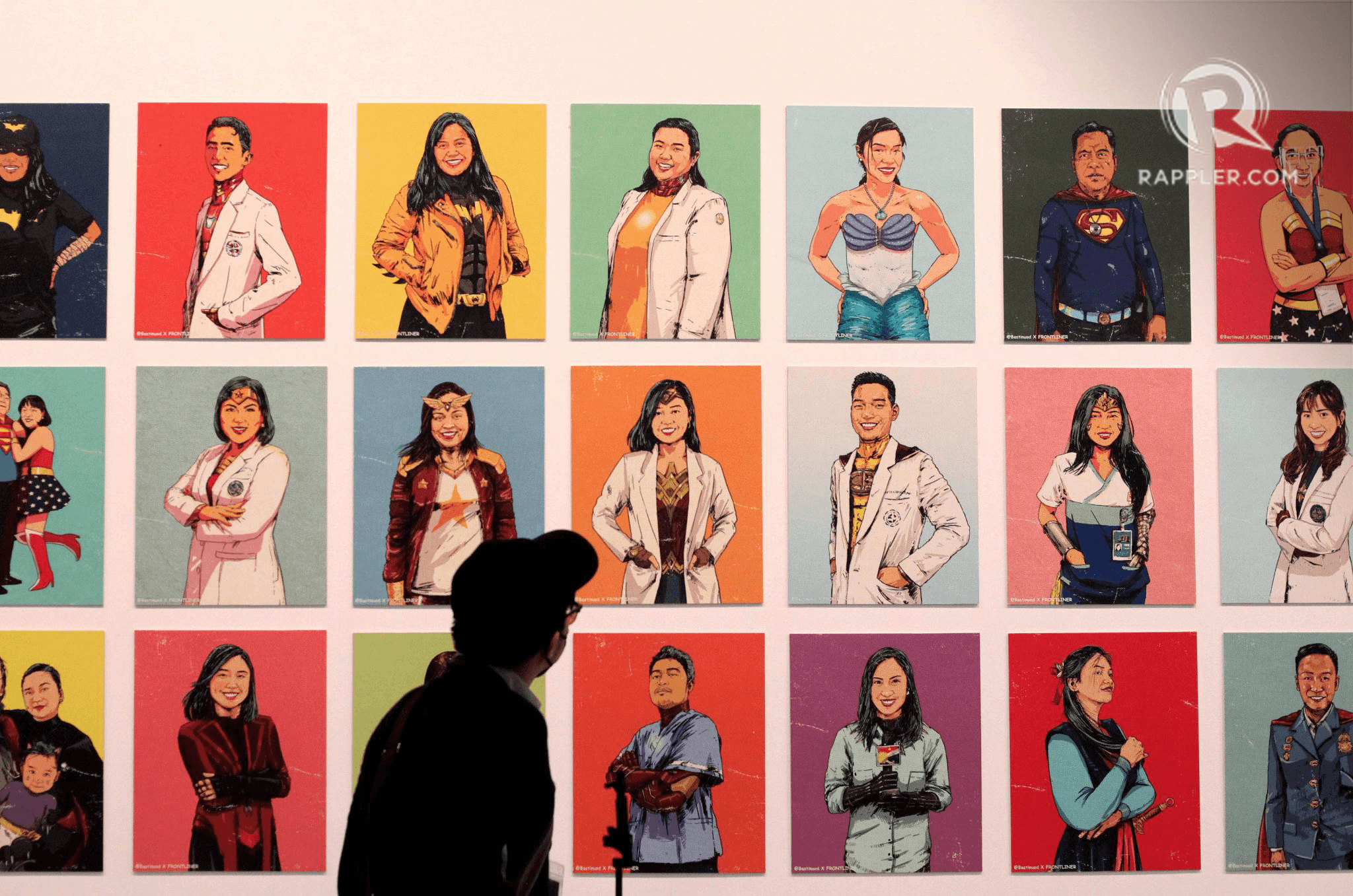

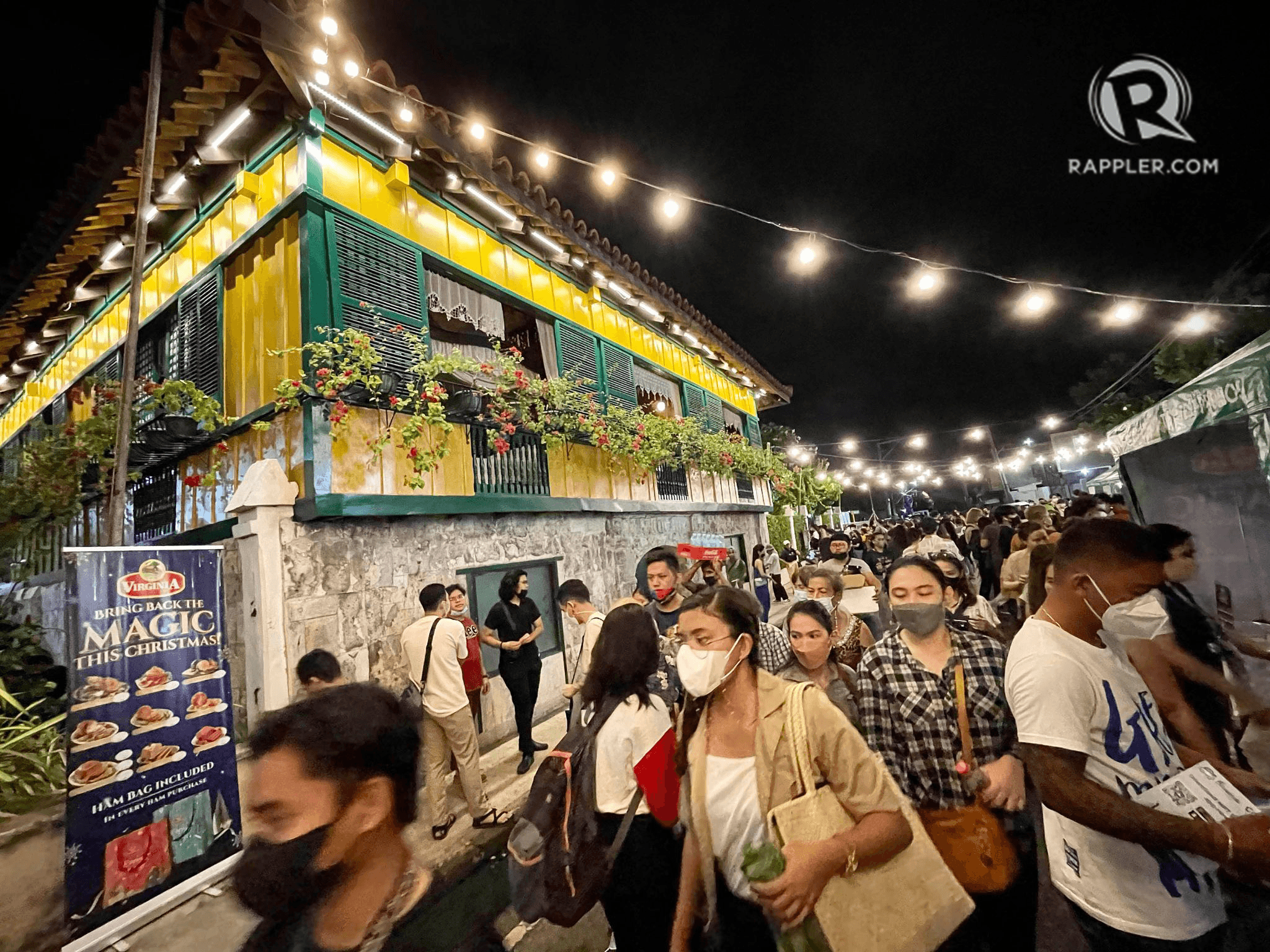



Dance performances and cultural presentations were also conducted in places like the Casa Gorordo, which showcases Cebuano furniture, kitchenware, and other historical objects from the 19th and early 20th centuries.
Other participating museums and heritage sites include:
- Archdiocesan Museum of Cebu
- Archdiocesan Shrine of San Nicolas de Tolentino Parish
- Archdiocesan Shrine of the Most Sacred Heart of Jesus
- Basilica Minore del Santo Niño Museum
- Cebu Archdiocesan Shrine of Jesus Nazareno Heritage of Faith Museum
- Cebu City Museum
- Yap-San Diego Ancestral House
- Fort San Pedro
- Fo Guang Shan Chu Un Temple
- Mandaue City Presidencia
- Museo Parian sa Sugbo – 1730 Jesuit House
- Museo Sugbo
- Museo de Talisay
- Palm Grass Cebu Heritage Hotel
- Sr. Ma Delia Coronel Folklife Museum
- Sugbu Chinese Heritage Museum
- University of the Philippines Cebu
- University of San Carlos Museum
- University of Southern Philippines Foundation Rizaliana Museum
– Rappler.com
Add a comment
How does this make you feel?
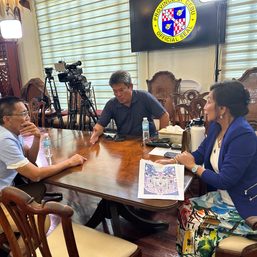


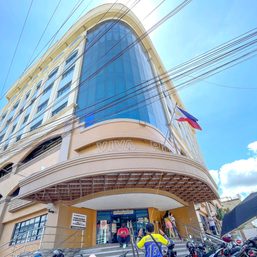

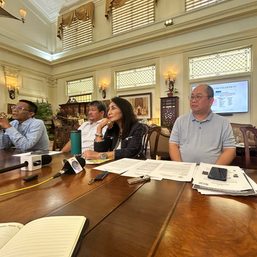
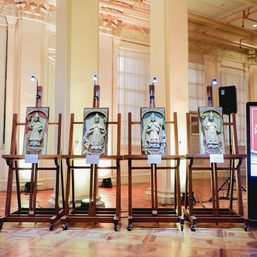
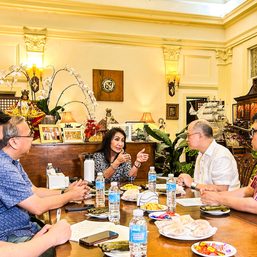
![[The Slingshot] Museology 101 for Andoni Aboitiz](https://www.rappler.com/tachyon/2024/03/TL-Museology-101-Boljoon-Church-panels-March-12-2024.jpg?resize=257%2C257&crop_strategy=attention)


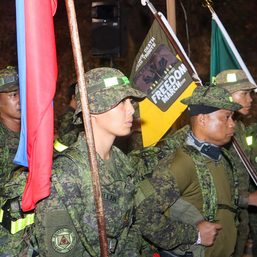
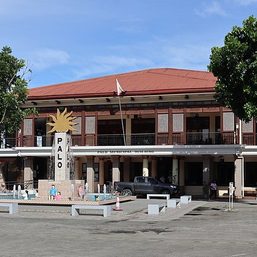
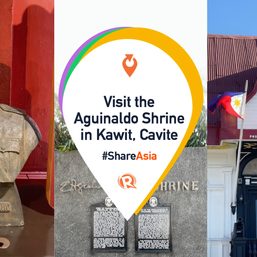
There are no comments yet. Add your comment to start the conversation.